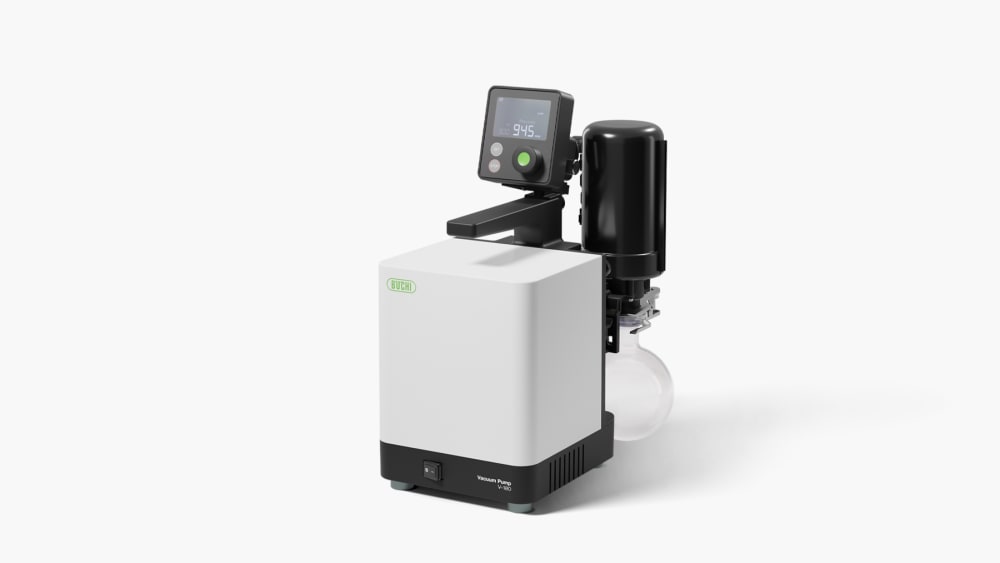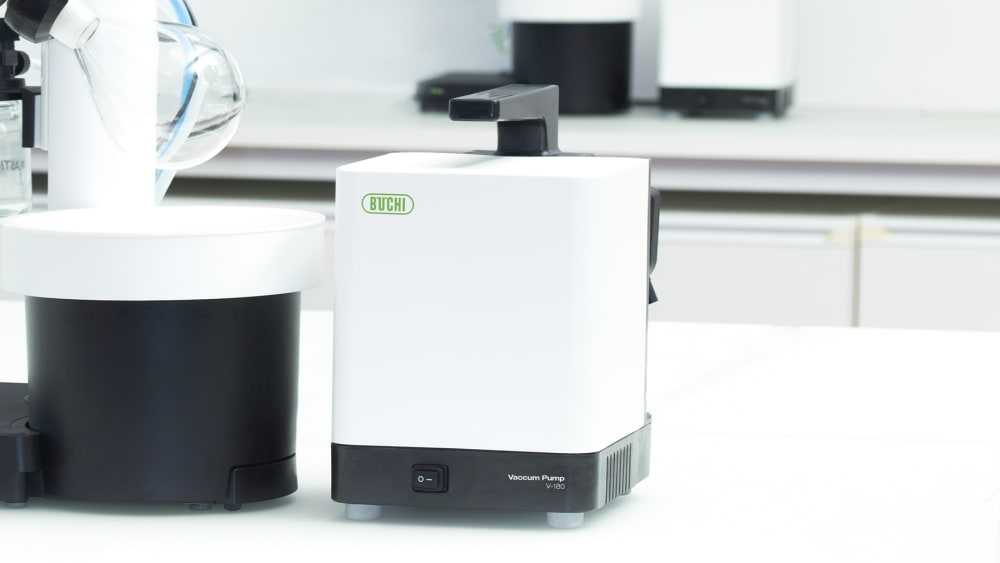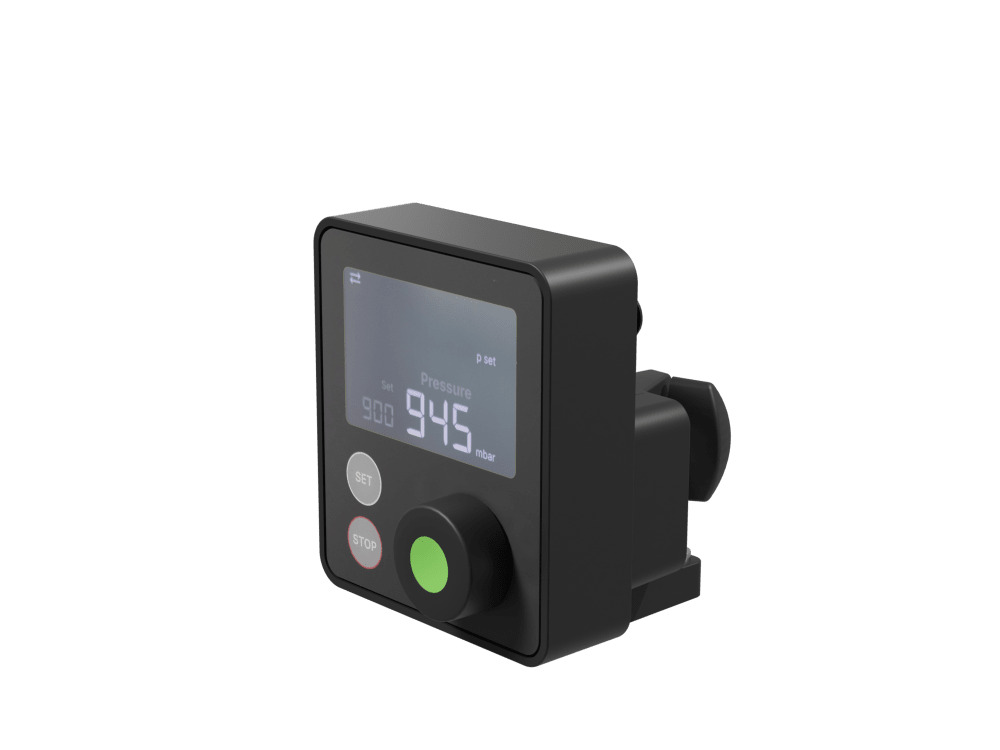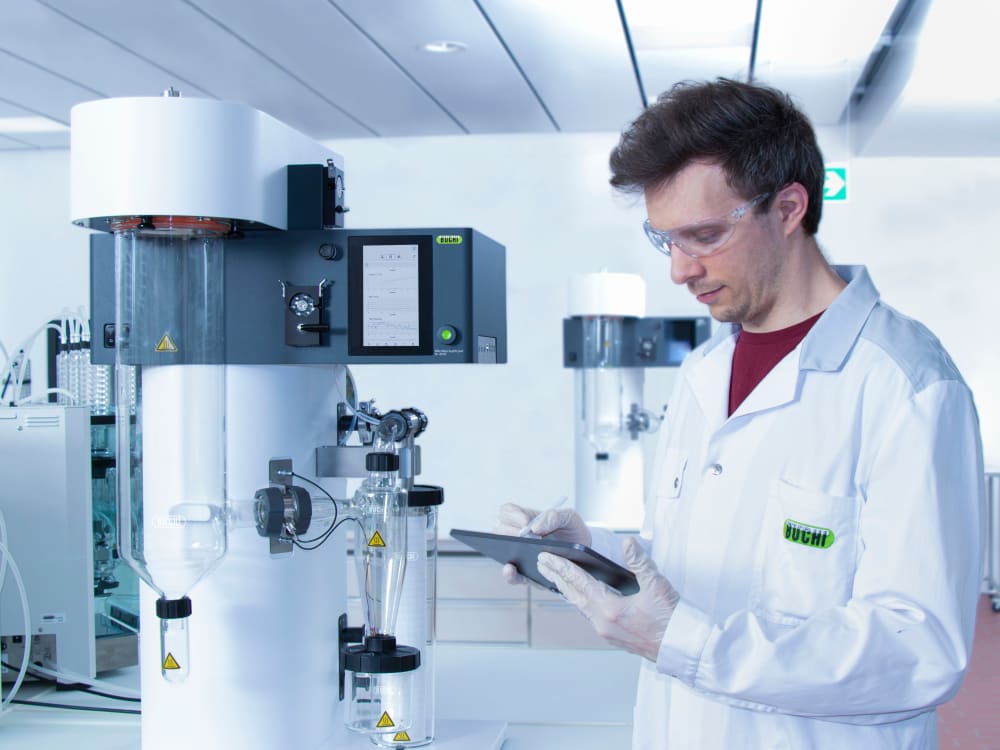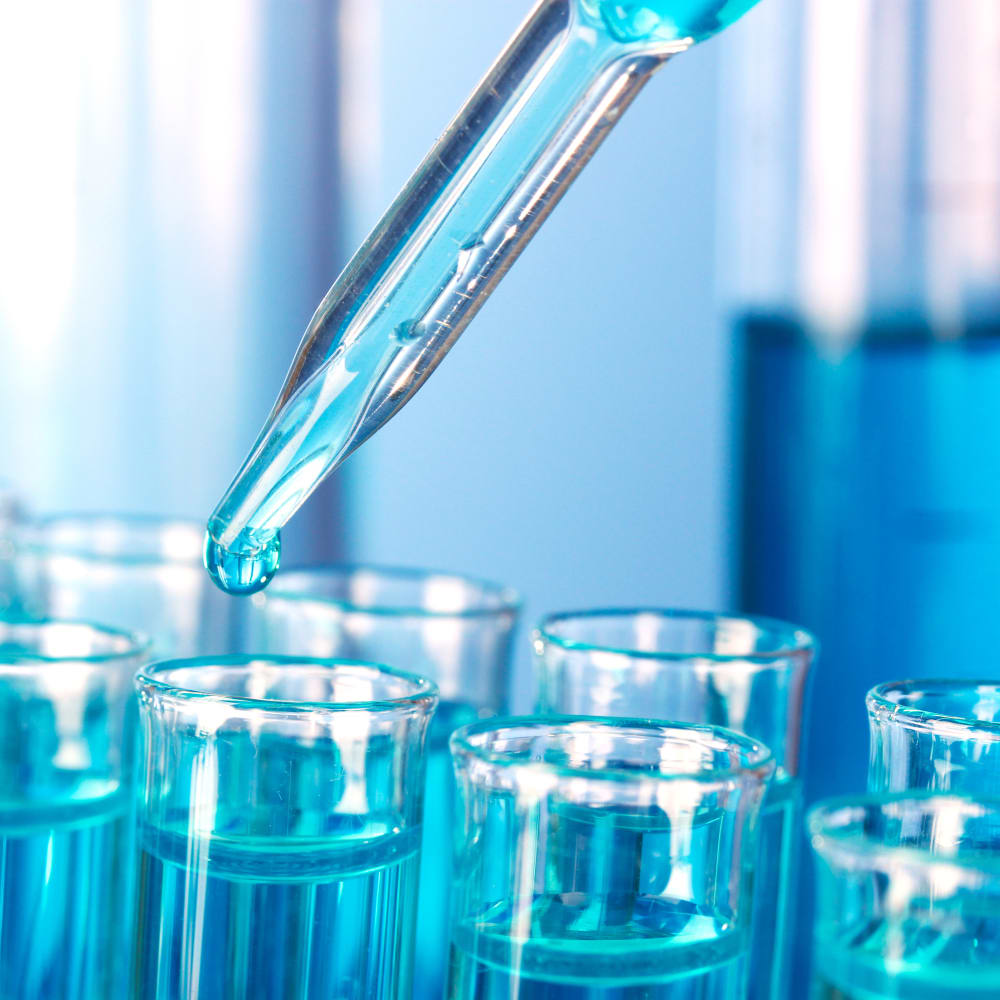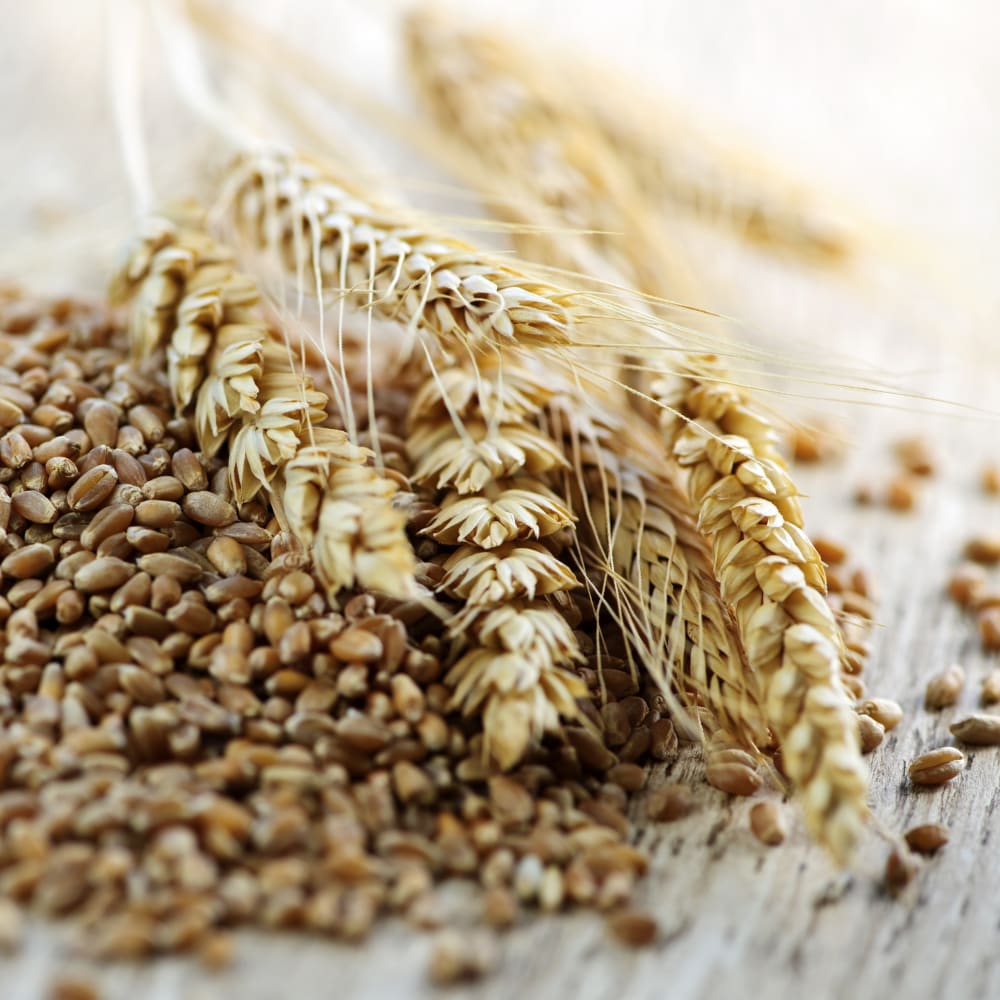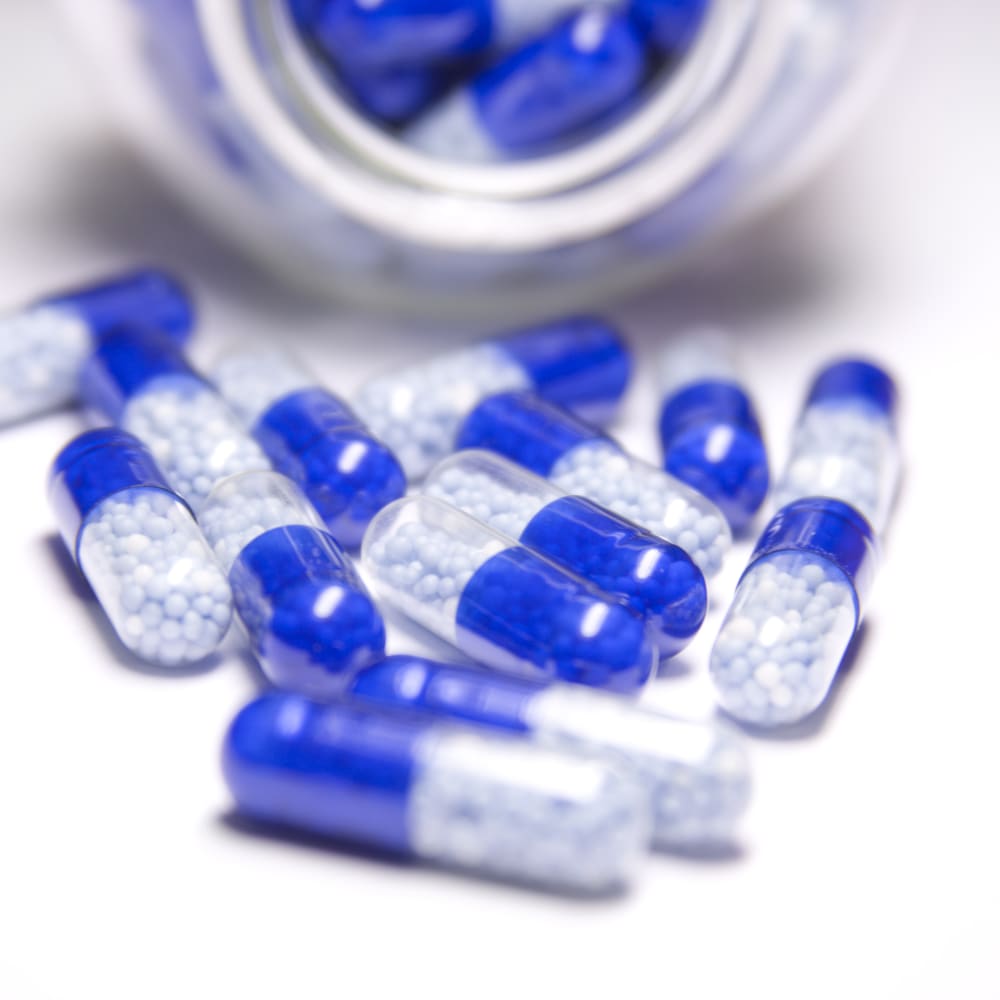Vacuum Pump V-80 / V-180
Affordable speed-controlled vacuum source
The Vacuum Pump V-80 / V-180 is a chemically resistant and affordable vacuum source with a compact design. The speed-control solution guarantees the vacuum pump operates quietly and without hassle.
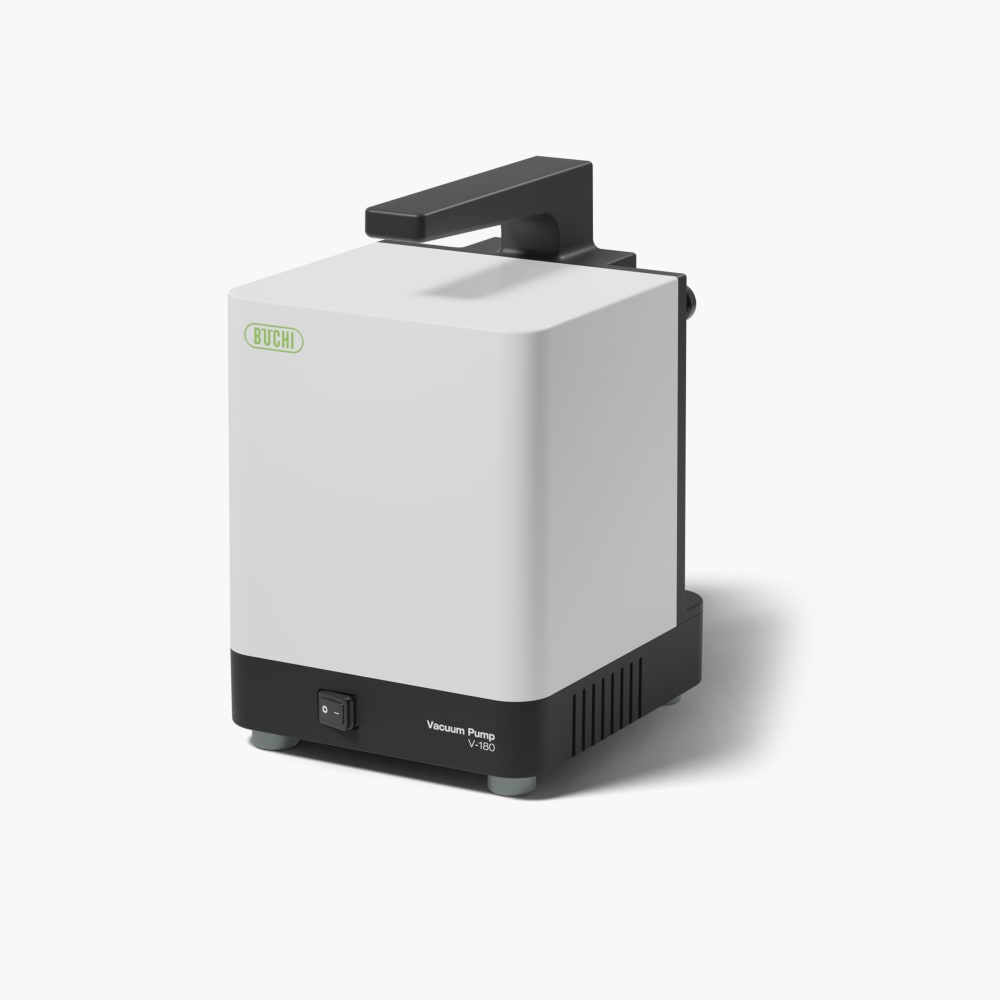
Features
When connected to the Interface I-80 / I-180, the speed control mode of the Vacuum Pump ensures pressure levels are held uniformly. This not only minimizes the risk of bumping it also reduces noise emission significantly and extends the lifetime of the pump.
Thanks to speed control, the pump operates smoothly to maintain the set vacuum. This results in very low noise emission (as low as 32 dB) and a more comfortable working environment.
Downloads
- Technical Data Sheet Vacuum Pump V-80 / V-180(pdf)
- Product Brochure Rotavapor® R-80 / R-180 System en(pdf)
- Operation Manual Vacuum Pump V-80 / V-180 en(pdf)
Related Instruments
Related Courses & Trainings
Applications
Benefit from decades of expert knowledge
Environmental Analysis
Required for sample preparation in order to monitor the environmental pollution: Soxhlet extraction, Concentration.
Food / Beverage
Used for QC in the food, beverage and industry as well as for the development of new ingredients and components: Distillation, Concentration, Drying.
Chemical
For every day’s application in QC and R&D laboratories: Concentration, Reflux reaction, Re-crystallization.
Academia / Education
For a wide range of applications in academic education: Full range of evaporation applications.
Feed
Used for QC in the feed industry as well as for the development of new ingredients and components: Distillation, Concentration, Drying.
Pharmaceutical
For various applications in QC as well as for laboratory scale formulations in R&D departments: Distillation, Concentration, Drying.

